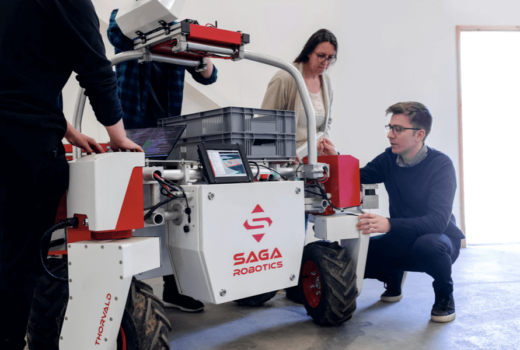Innovatief werk komt niet vanzelf

As human capital is the source of innovation, one of the policyprinciples of the OECD Innovation Strategy is to “foster innovativeworkplaces”. Education and training systems must rise to thechallenge of providing people with the means to learn and re-trainthroughout their life. Companies and organisations need to maximisethe human resources they have at their disposal.
Do employers make the best use of people’s skills forinnovation? Are some work organisations more associated withinnovation than others? If so, are these organisations morewidespread in some countries than in others? Are they associatedwith particular labour market policies, managerial practices,learning cultures or certain levels of education? What are thechallenges for innovation within organisations?
Interactie sleutel tot innovatie
This volume shows that interaction within organisations – aswell as individual and organisational learning and training – areimportant for innovation. The analytical tools and empiricalresults this study provides show how some work organisations mayfoster innovation through the use of employee autonomy anddiscretion, supported by learning and training opportunities.
Innovation is widely recognised as an important engine ofgrowth. The underlying approach to innovation has been changing,shifting away from models largely focused on Research andDevelopment (R&D) in knowledgebased globalised economies andgiving more emphasis to other major sources of the innovationprocess. Understanding how organisations build up resources forinnovation has thus become a crucial challenge to find new ways ofsupporting innovation in all areas of activity.
This report supports and contributes to this widened approach toinnovation analysis and policy by showing the importance of workorganisation, interactions within organisations, as well asindividual and organisational learning and training for innovation.The analytical tools and empirical results it provides are designedto open the black box of what a learning organisation is, that is,a work organisation supporting innovation through the use ofemployee autonomy and discretion, supported by learning andtraining opportunities.
This report begins with a survey of the literature on learningorganisations in order to provide greater definitional clarity.Although the literature is highly disparate and there is nothinglike a unified definition or concept of the learning organisationthat has been developed and empirically tested in a cumulativemanner, some common definitional ground has been identified. A key feature of the literature is that much of it is normative andconcerned with the promotion of management tools that are designedto improve the learning capabilities of an organisation and itsmembers.
Lees het hele document
Meest Gelezen
Vrouwen houden universiteit draaiende, maar krijgen daarvoor geen waardering
Wederom intimidatie van journalisten door universiteit, nu in Delft
‘Burgerschapsonderwijs moet ook verplicht worden in hbo en wo’
Raad van State: laat taaltoets nog niet gelden voor hbo-opleidingen
Hbo-docent wil wel rolmodel zijn, maar niet eigen moreel kompas opdringen



